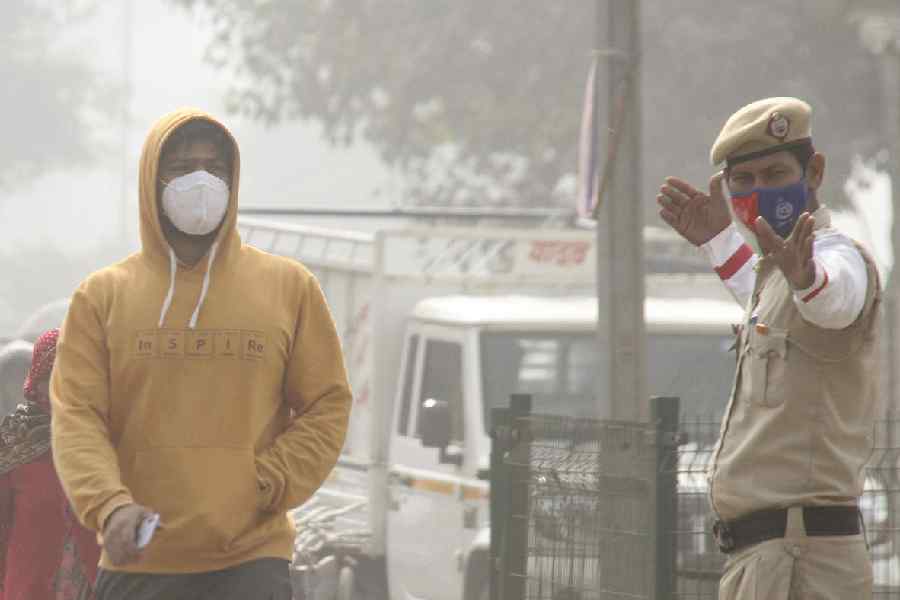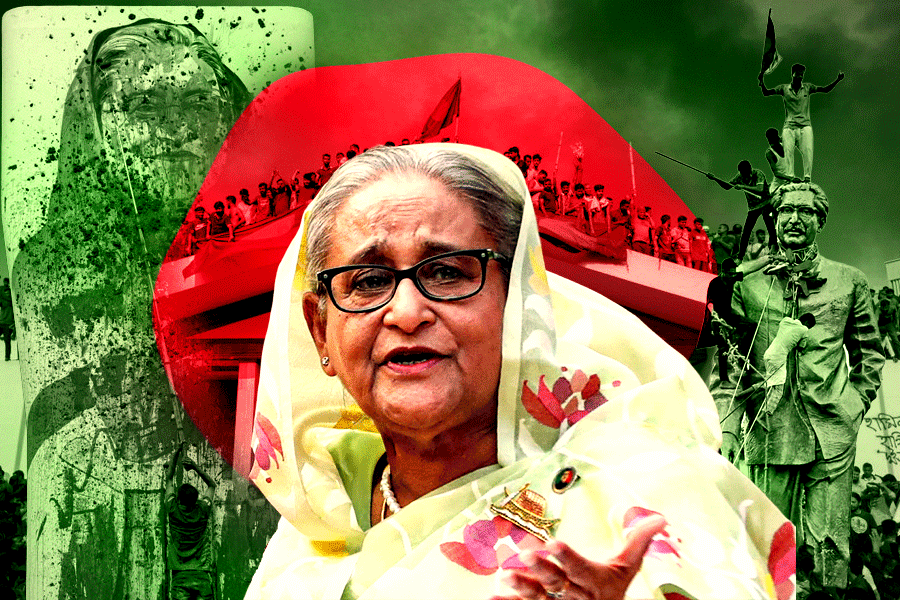Delhi on Monday recorded 'very poor' air quality with an overall AQI of 356, even as the city logged its lowest minimum temperature of the season at 8.7 degrees Celsius, the Central Pollution Control Board (CPCB) and the IMD said.
Data from the CPCB's Sameer app showed that five monitoring stations reported air quality in the 'severe' category, while 29 stations recorded 'very poor' levels with readings between 300 and 400. Four stations fell in the 'poor' category.
“Delhi’s air quality is likely to be in the severe category from November 17 till 19. The outlook for the subsequent six days shows the air quality is likely to be between ‘severe’ and ‘very poor’ category,” said the Early Warning Systen for Delhi (EWS), a forecasting model under the Ministry of Earth Sciences.
Among the 38 AQI monitoring stations in the capital, Bawana reported the highest pollution level with an AQI of 419. Other areas in the "severe" category included Narela (405), Jahangirpuri (404), Wazirpur (402) and Rohini (401).
In the National Capital Region (NCR), Ghaziabad was the worst-affected city with an AQI of 395, which falls in the 'very poor' category. Greater Noida (386) and Noida (361) also witnessed 'very poor' air quality levels.
Faridabad had the lowest AQI of 247, which falls in the 'poor' category, followed by Gurugram (260), with the city also seeing 'poor' air quality levels.
According to CPCB standards, an AQI between 0 and 50 is 'good', 51-100 'satisfactory', 101-200 'moderate', 201-300 'poor', 301-400 'very poor' and 401-500 'severe'.
The India Meteorological Department (IMD) said the minimum temperature of 8.7 degrees Celsius was 3.6 notches below normal, with humidity at 92 per cent at 8.30 am. The maximum temperature is expected to settle around 26 degrees Celsius under mostly clear skies.
The previous lowest in recent years was 7.3 degrees on November 29, 2022. In 2023, the lowest minimum in November was 9.2 degrees, and in 2024, 9.5 degrees.
In response to this critical pollution issue, the Delhi government ordered the closure of schools and shifted to online classes last week. Starting 17 November, many Delhi schools will offer hybrid classes for children up to grade 5.
Some rules have been established for children attending school. All students, from grade 5 to grade 12, must wear winter uniforms. Additionally, N95 masks are mandatory to protect against Delhi's polluted air. Parents are strongly advised to send their children to school with N95 masks. Outdoor activities in schools will remain suspended until the Delhi AQI improves.
The national capital presently is in the middle of stage 3 measures of the Graded Response Action Plan (Grap) which came into force on November 11.









